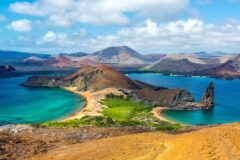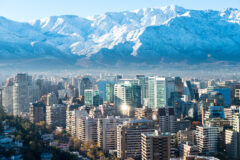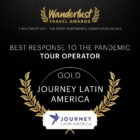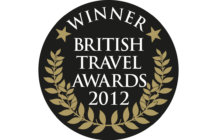
Think of wildlife spotting and South America, and what naturally springs to mind is the Amazon. This mighty rainforest, spanning Brazil, Peru, Ecuador, Bolivia and Colombia, offers a unique habitat filled with unusual and beautiful animals, but in reality the dense jungle canopy can make spotting them quite a tricky and patient business.
For those who want to see animals and birds in sheer abundance, it’s the Pantanal for you! As I found out myself when I headed for a week-long trip to discover this vast swathe of land in western Brazil, it’s a place that very few people have heard of. However those that knew it knew immediately why I was headed there: for the unbeatable wildlife spotting that it offers.
The word pantano in both Portuguese and Spanish literally means ‘swamp’, but in fact this huge area, half of the size of France, is what remains of an ancient sea – an alluvial plain spreading through the states of Mato Grosso and Mato Grosso do Sul. During the dry season the Pantanal is a grass-covered savannah, flecked with pockets of woodland and ponds, crisscrossed by the tracks of both animals and farmers. During the wet season the waters can rise by several metres, turning the area into a series of huge lagoons interspersed with islands of vegetation. The difference is staggering, and often leads to the question, “When should I go: wet or dry?”
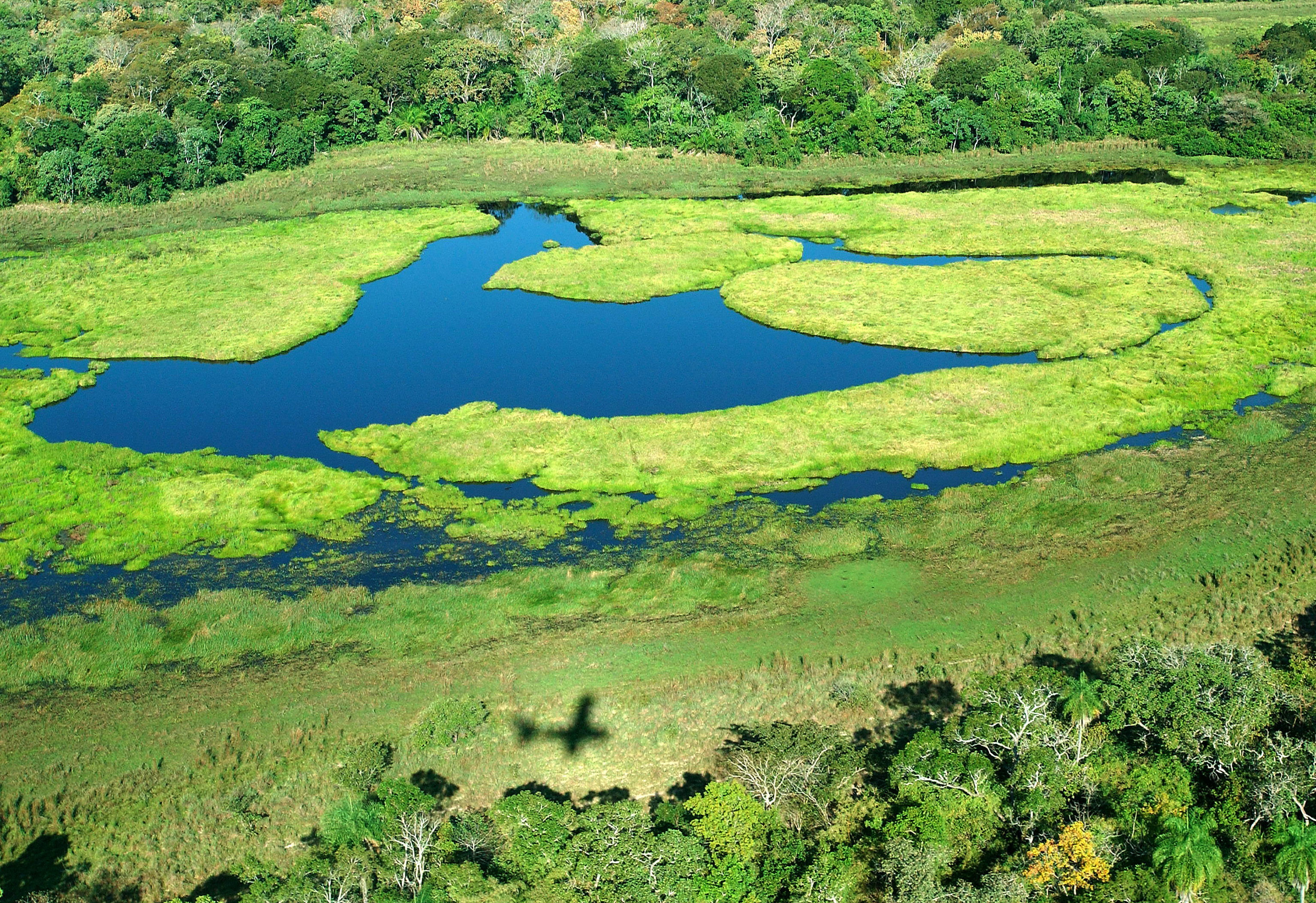
There are lodges scattered throughout the Pantanal, mainly based in fazendas (ranches) which often still operate their normal business of cattle farming. Most of these properties are within a few hours’ drive of the cities of Campo Grande in the southern Pantanal or Cuiabá in the north, but these cities themselves are separated by over 500km, posing another question: north or south?
Combine the two questions and it’s no wonder many prospective visitors to the Pantanal are left feeling a little puzzled by their options. Here I'll give a summary of Journey Latin America's advice, gathered throughout our more than three decades of specialising in travel to the region.
Wet or dry season?
To tackle the first question, it’s important to point out that the seasonality of the Pantanal isn’t quite as clear-cut as a distinct wet and dry season would suggest, as there are in fact two intermediate stages to factor in. The rains tend to begin falling in the last week of October or the first week of November, and, as the locals will tell you, deviate very little from this pattern. Although the rain is heavy right through to March, the scorched earth takes quite a few weeks to soak up the abundant rainfall, with water levels not reaching full height until January or February. During the first few weeks of the rains, the food is abundant and so for the chicks that have just hatched over the past couple of months it means plenty of feeding from doting parents.
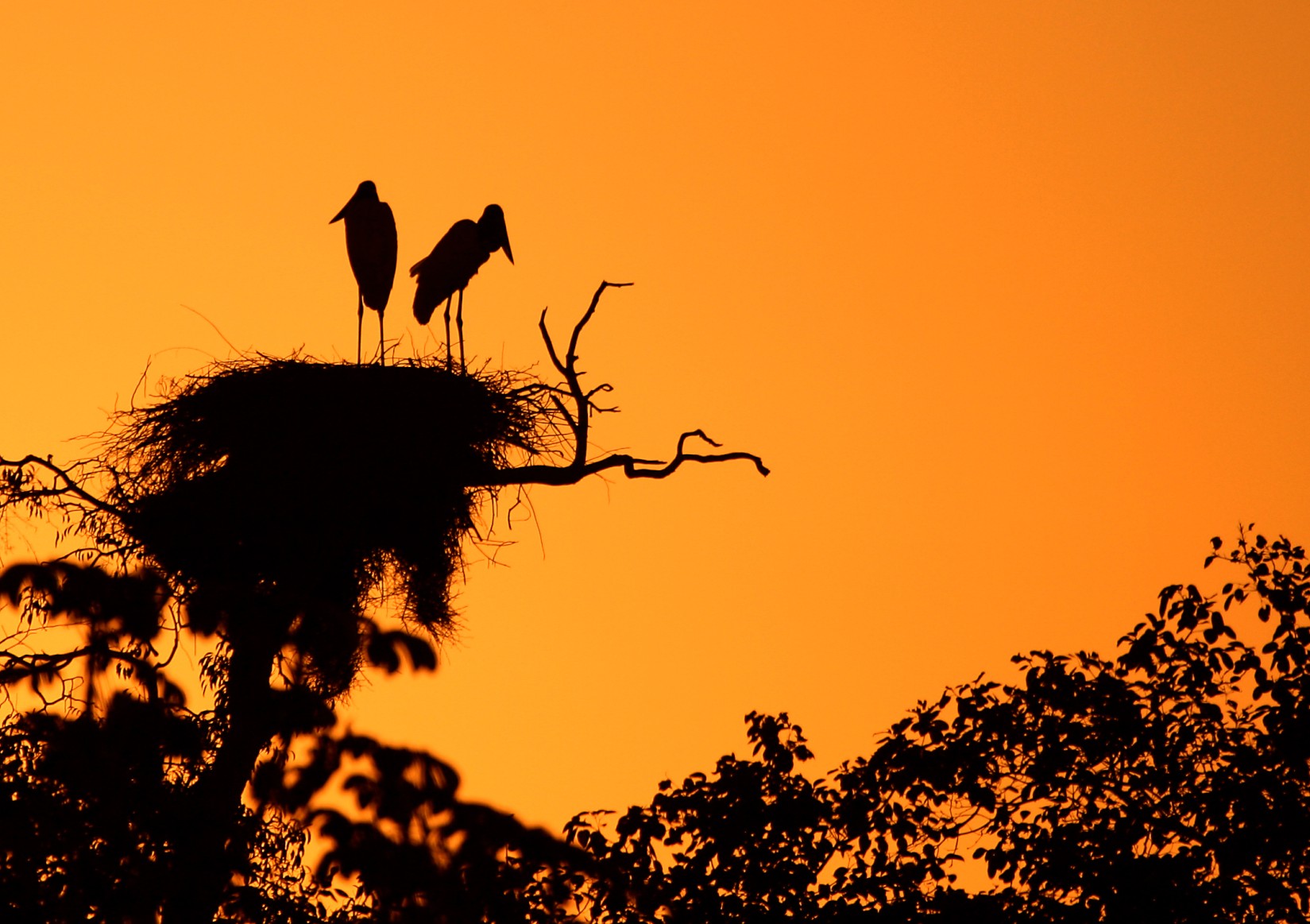
Gradually as the land floods, the flora and fauna is reinvigorated by the huge new inland sea of rainwater. The beautiful floodscapes are a Mecca for water birds such as the jabiru stork, wood storks, limpkins, ducks, teals and egrets. In between the creeks and lakes are the remaining patches of land – ‘cordilheiras’ – where the animals cluster together. Although the vegetation can be dense, it is still possible to spot the mammals of the region as they seek the limited high ground that is left, while water-loving fauna such as capybara and giant otters can be seen playing in the shallows. Perhaps the most beautiful aspect of the wet season is the many water plants that now bloom, producing beautiful shapes and colours, and all this is set off in the evening by the most fantastic sunsets Brazil has to offer.
In April the rains stop and the waters begin to recede, trapping the fish into the small ponds that form, providing a banquet for our feathered friends. The rivers gradually return to their natural beds and the mammals, such as peccaries, deer and giant and furry anteaters as well as several species of monkey come back to disperse amongst the woods and clearings.
What is regarded as the best time to observe wildlife generally falls from July to October, as the lagoons slowly shrink and the animals are forced to seek what water remains (and hasn’t been guzzled by the millions of cattle that graze on the land). It is, however, winter in South America, so temperatures can become unpredictable and often cold fronts sweep the region. Coatis and racoons along with the other mammals mentioned can be spotted, amongst the beautiful piuvas (pink blossom) and paratudos (yellow blossom) trees that burst to life during this period. This is also the best time to spot the elusive jaguar; although at any time of year you would be extremely lucky to stumble across this majestic cat. I have colleagues that have spent just a couple of days in the Pantanal and been fortunate enough to have seen a jaguar, while at the same time one of our guides who had worked in the area for 17 years was yet to get the opportunity! It really is the luck of the draw. More likely is that you will glimpse its smaller cousin the jaguatirica or ocelot (still impressive when the photos are blown up!).
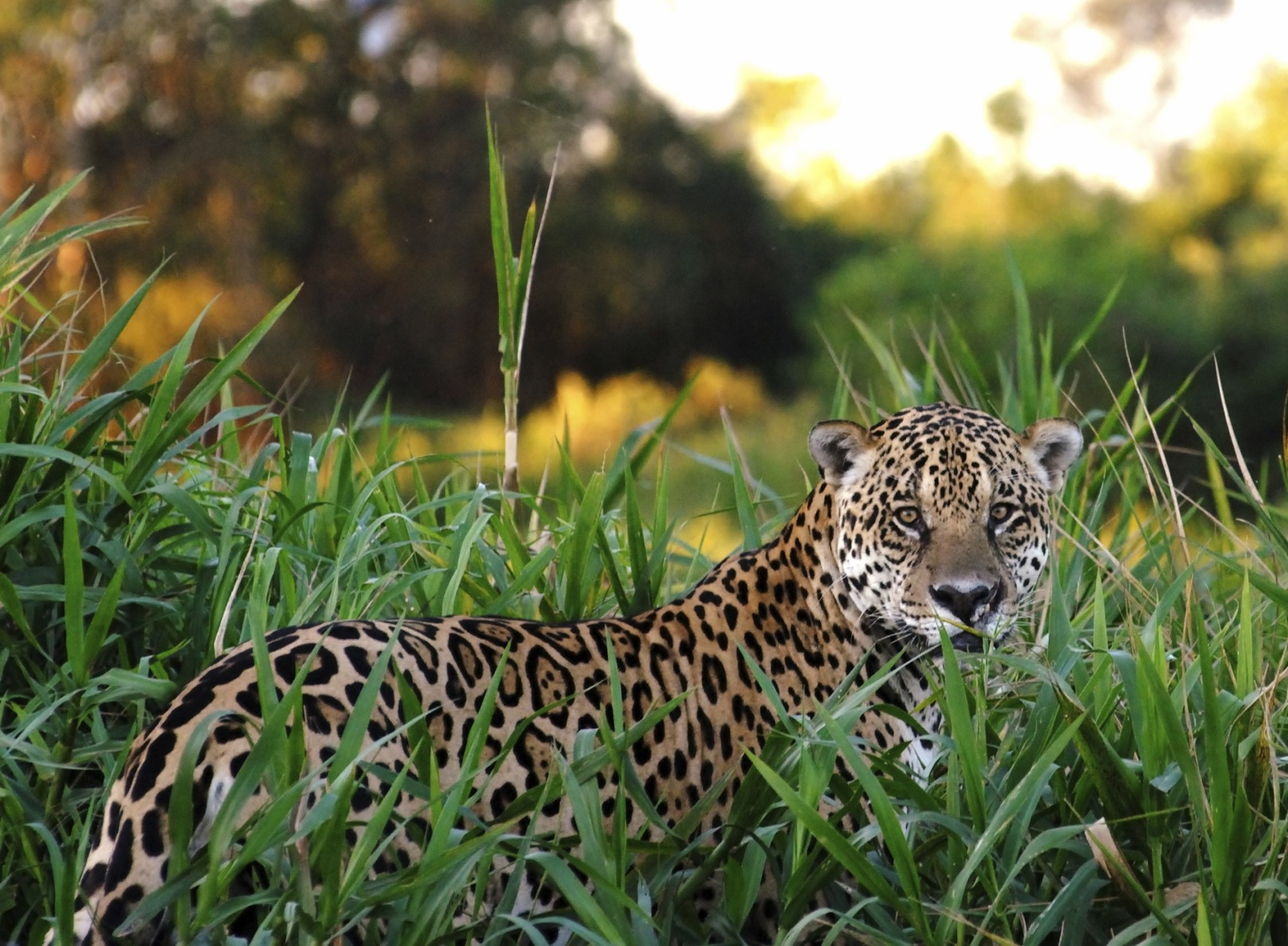
Whenever you decide to visit the Pantanal, your lodge will offer a number of excursions per day, all geared towards what they feel will optimise your chances of seeing wildlife as well as your specific needs and the possibilities of the season. In the wet season more of your trips will naturally be made by boat, although even in the driest part of the year you will still take to the rivers. Likewise during the wet season, though land is limited, there are still opportunities to the ride the famous horses that all the lodges keep. Throughout the year you will fish for piranhas as the sun sets and go caiman spotting by night!
North or south?
An even less clear-cut issue is whether to choose the north or the south of the region as your base. As I mentioned, the two main towns lie over 500km apart, but in between the flora and fauna differs very little despite changes in the landscape. You should have the opportunity in either location to spot most of the animals and birds that make the Pantanal such a special place, although as with any wildlife-based trip there are never any guarantees.
Traditionally, the northern Pantanal has had better infrastructure, leading to more lodges and more luxurious properties, although over recent years the south has been playing rapid catch-up with more and more fazendas opening their doors to the burgeoning tourist market. What will most likely affect your decision is a) the type of property that you are looking for (as well as the availability), and b) the flight times that work within the package being created for you. This is something that our consultants will be able to run through in detail, ultimately putting together the trip that best suits you as well as the one that runs most effectively and smoothly.
Whatever your choice, the Pantanal is truly a magnificent part of the world. Wet or dry, north or south, this is an opportunity that should not be missed!
Take a look at some of our holidays to the Pantanal:
Brazil wildlife: Jaguars of the Pantanal
Trogon: Natural Brazil
Brazil wildlife: Deep Pantanal and Amazon
Last updated: 16 Jun 2017
Save
Tailor-made holidays
Flexible, custom-made holidays to Latin America created to match your exact requirements: our tailor-made itineraries are as unique as the clients for whom they are designed.
Design my tripPapagaio
Your edit for Latin American inspiration
Our exciting range of articles on Latin America explore everything from iconic destinations and lesser-known cultural gems to delicious traditional recipes. You’ll also find exclusive travel tips, first-hand client reviews and the chance to get your personal questions answered by our travel experts.
View Extraordinary Inspiration